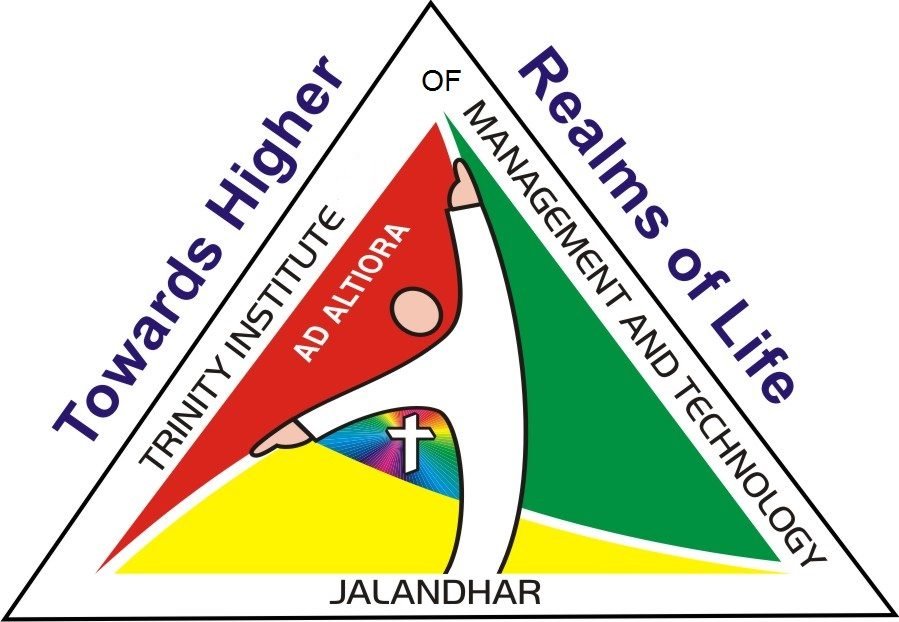5G Technology Influences Online Education

5G Technology: Consider a world without wires or connections, where virtual reality is regularly available. The educational environment has rushed into digitization in the post-COVID-19 age. Virtual learning has become common in most classrooms, necessitating video conferencing and other devices, but it has not been without technological challenges. In certain regions of the world, lack of access has exacerbated the technological divide.
The incorporation of 5G networks into education delivery, on the other hand, has the potential to modernise connection concerns and expedite classroom logistics while also boosting the overall quality of the learning experience. 5G will assist teachers at all levels in providing a better learning experience for students.
So, what is 5G, and how might it be used by the global education community to improve teaching and learning?
What is 5G Technology?
Fifth-generation wireless (5G) is the most recent repetition of cellular technology, designed to boost the speed and responsiveness of wireless networks dramatically. Data sent through wireless broadband connections may already spread multigigabit rates, with some approximations putting peak speeds as high as 20 gigabits per second (Gbps). These hustles are faster than landline network speeds and have a latency of less than 5 milliseconds (ms), which is ideal for real-time applications.
Due to higher accessible bandwidth and enhanced antenna technology, 5G will enable a significant increase in the volume of data delivered across wireless systems.
The following are some of the ways that 5G will benefit education:
1. Communication abilities
The present 4G networks are predicted to be 100 times faster than 5G networks. This will result in more efficient communication. This has the potential to open up new avenues for Tele-Teaching and Telemonitoring, particularly for manual training and skill development. This may also be used to start remote learning and distance teamwork.
2. Virtual Reality (VR)
Virtual reality will become more popular as a result of 5G, which will aid in offering better education and boosting student understanding. More hands-on experience will be available, and the learning process will be more engaging. Virtual tours and interactions with models will aid in more creative learning.

3. Simulated Reality
AR has just begun to demonstrate its relevance and utility in education.AR augments the live view with digital features, and it may be a useful tool for delivering the correct amount of information to the right audience at the right moment. The mobile cloud classroom and virtual presence will aid in the promotion of innovative learning methods. Specialists believe that the AR/VR business will be value more than $25 billion by 2025, with firm growth thereafter.
ALSO READ: 7G Technology | 7G Phone | 7G Technology in Japan
4. Enclosed classroom
The adoption of 5G can reduce physical location restrictions for experimental procedures and information exchange. Because the 5G network is quicker, learning can be readily shared with a larger number of pupils, regardless of their actual location.
Also Read Our Recent Bolgs : Click Here
5. A focus on individualised learning
Personalized learning is strongly recommended since it is superior than traditional learning. Each student will have a mobile device and will be connected to clever tailored systems that will help them have better learning experiences and make better decisions.
6. Cloud-based Data Access

Cloud-based storage allows us to access data from anywhere at any time. Even with a pretty fast internet connection, there is often a delay in obtaining the data here. As a result, 5G will assist us in becoming more burdensome. Using distributed cloud and mobile edge computing, future mobile technologies will allow us to access data from anywhere. There will be a prompt response, and students will be able to quickly resume their work.
5G has a lot to offer in terms of education. The respondents’ understanding of 5G technology is not as high as predicted. Integration of 5G technology onto current devices is also difficult. Connectivity for 5G communications must also be established. Students will almost certainly require 5G technology improvements. Only with their understanding, 5G technology may be more useful.
Amandeep Sandhu
Assistant Professor
(Department of IT)
